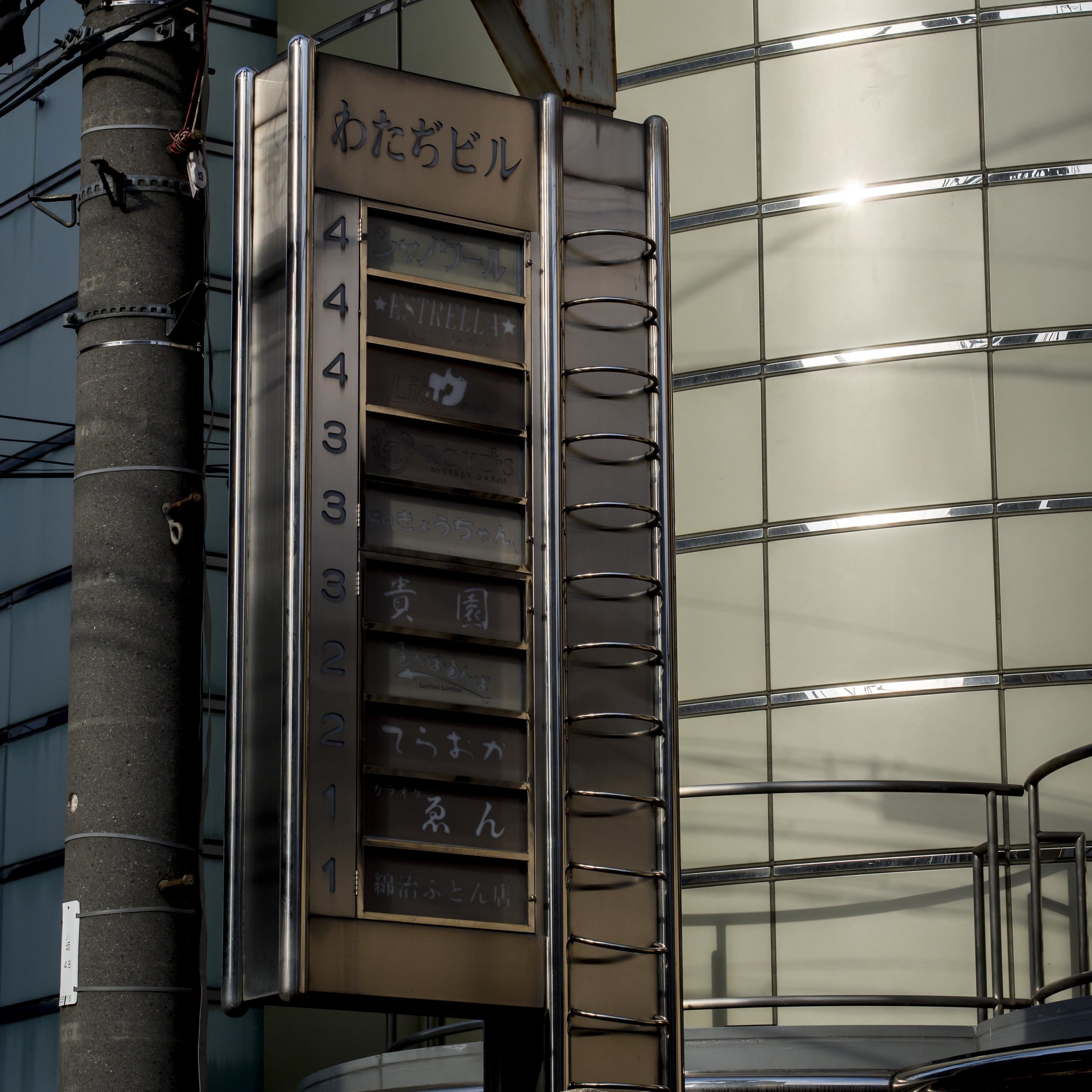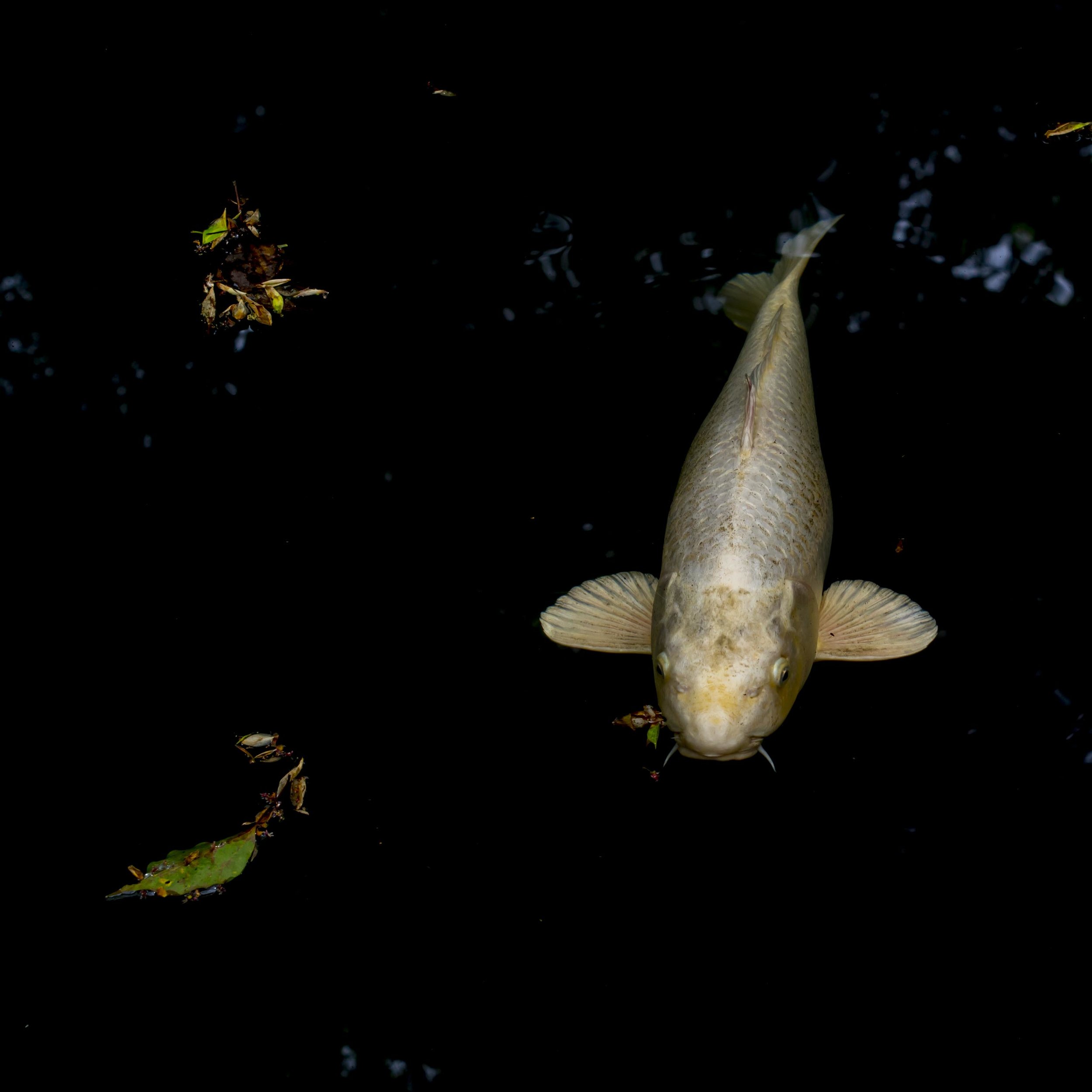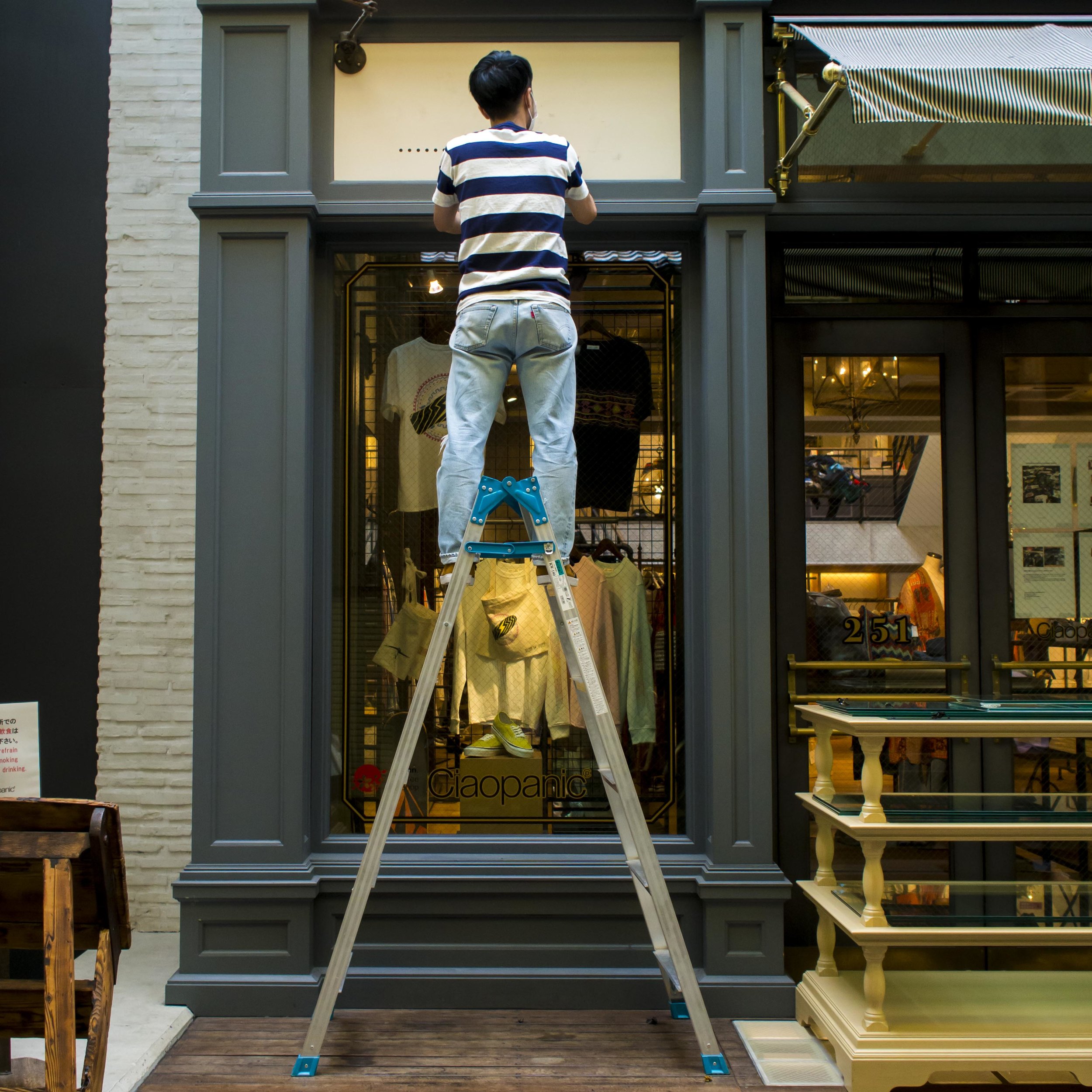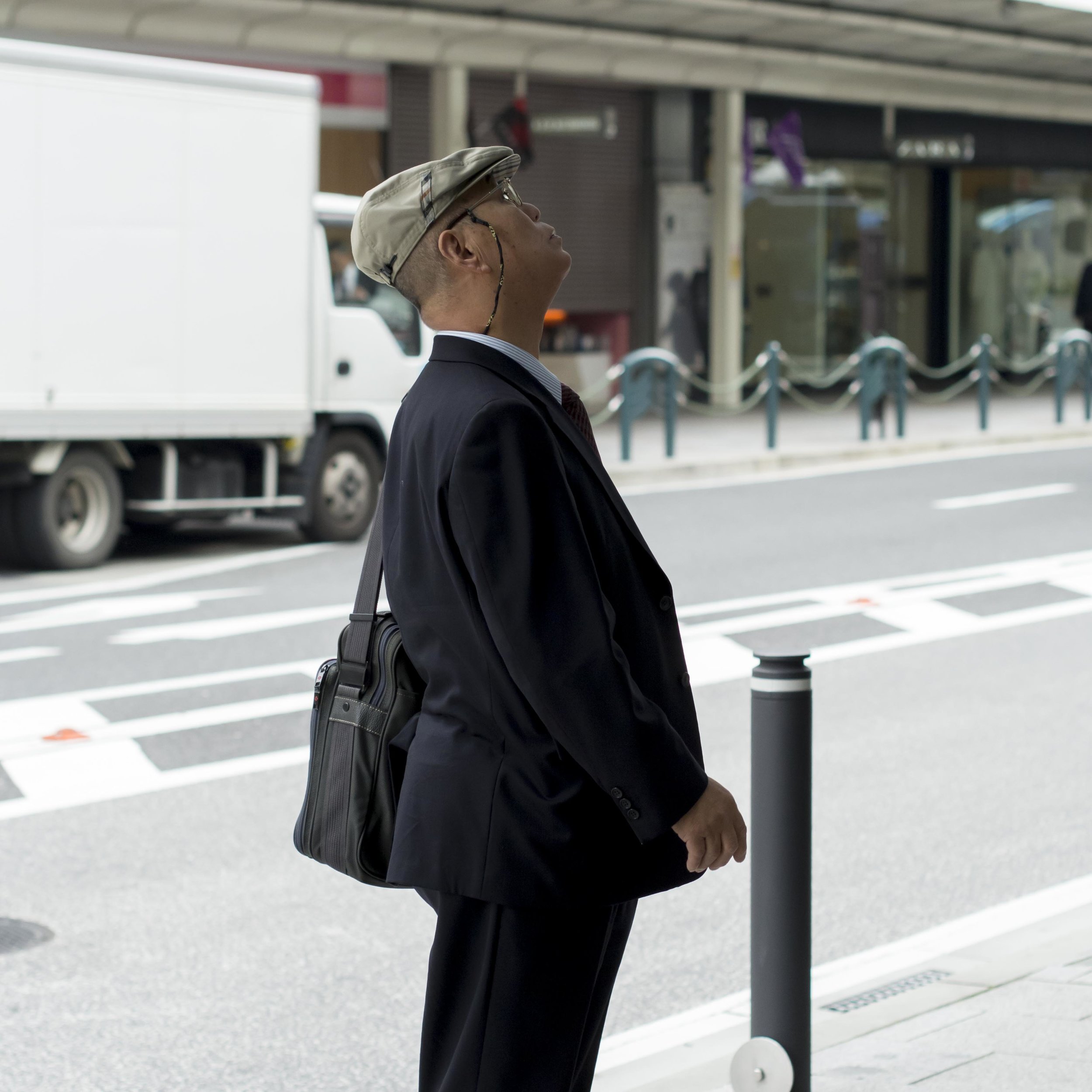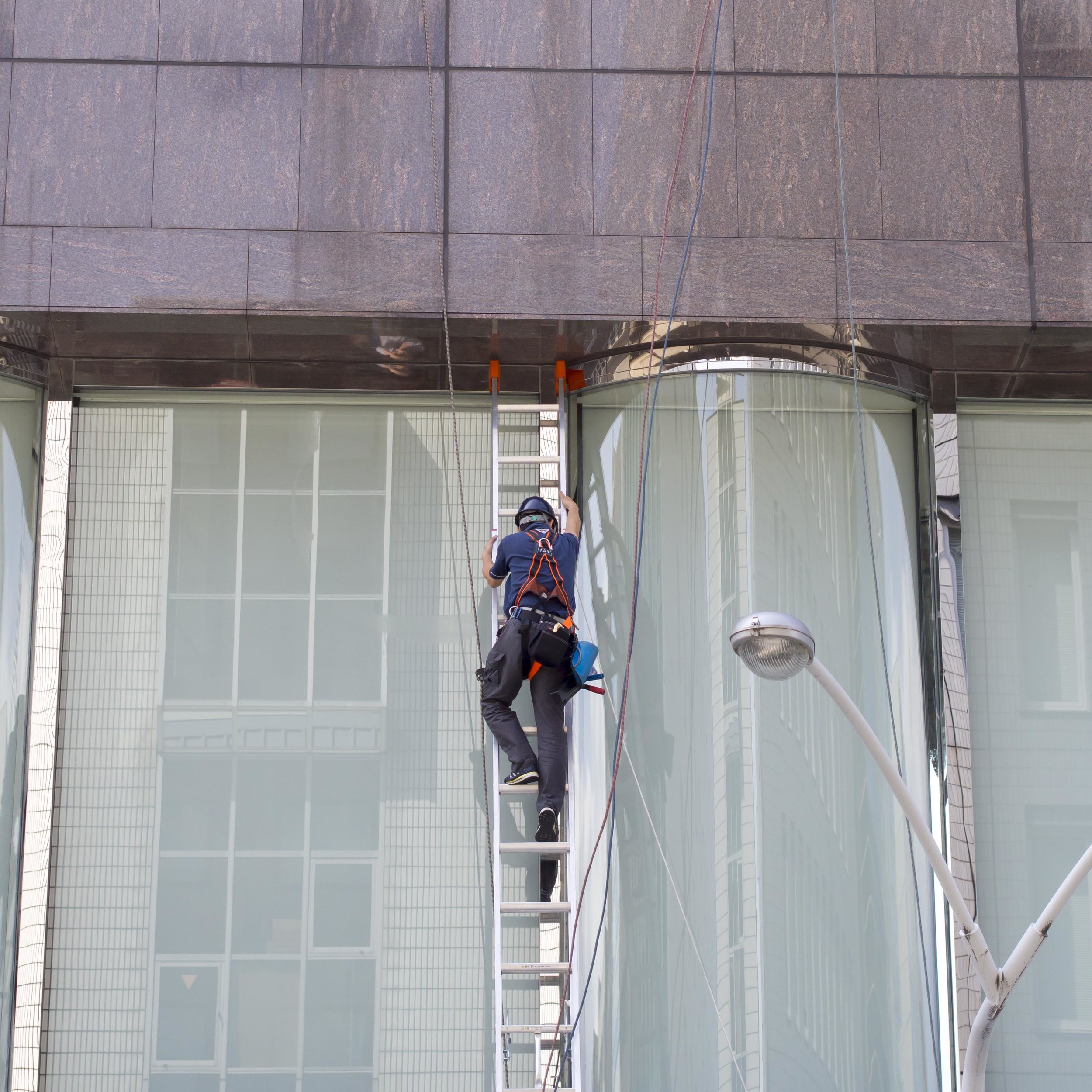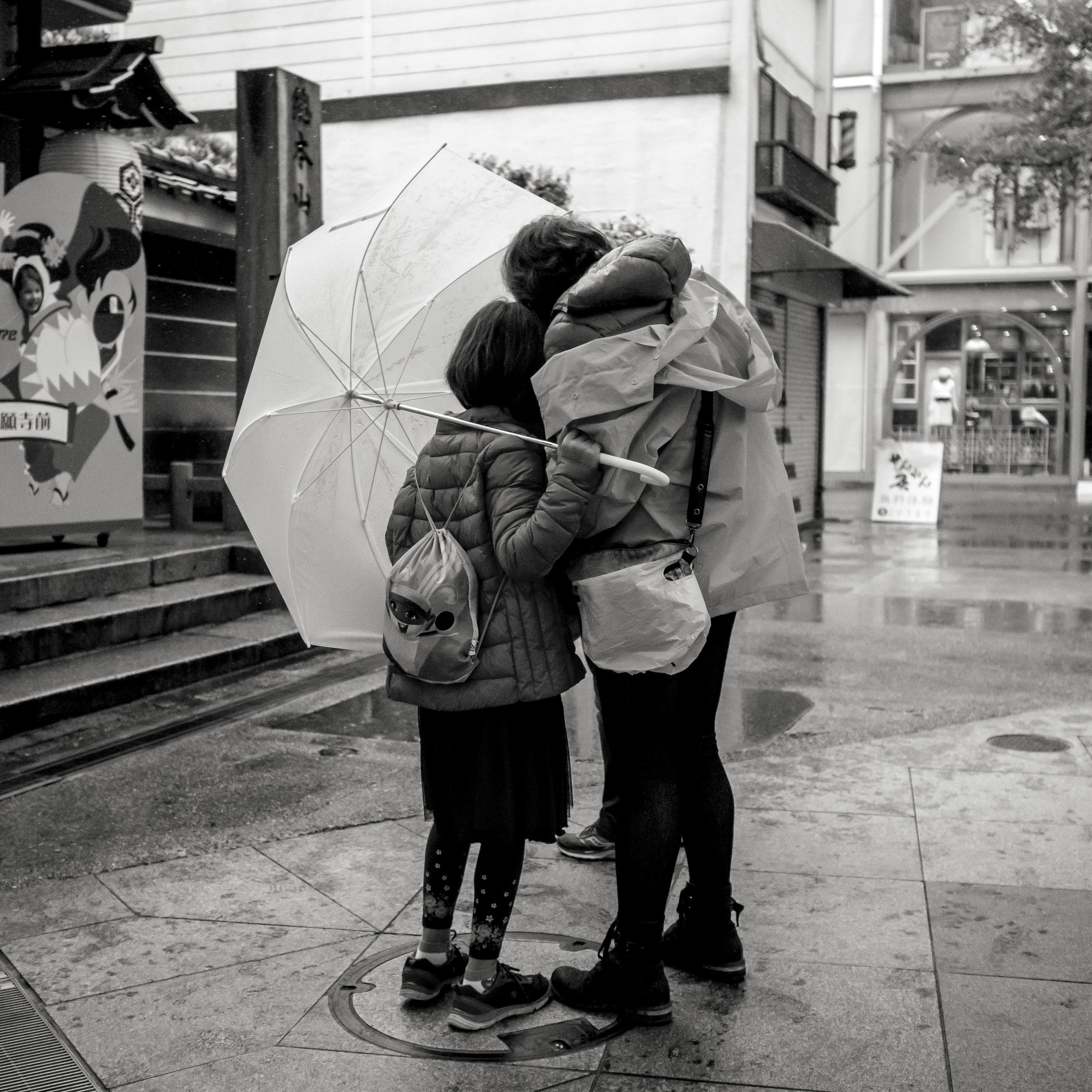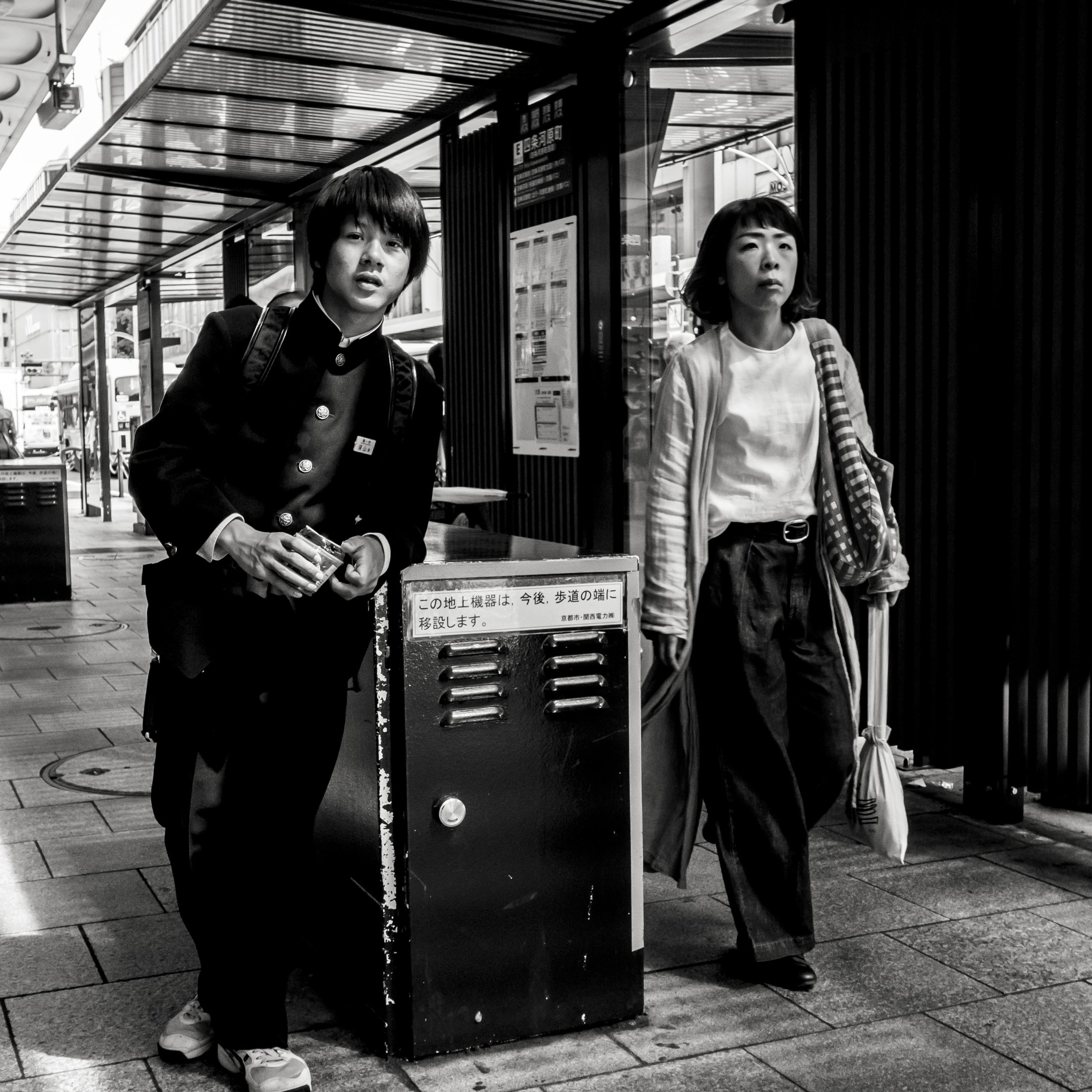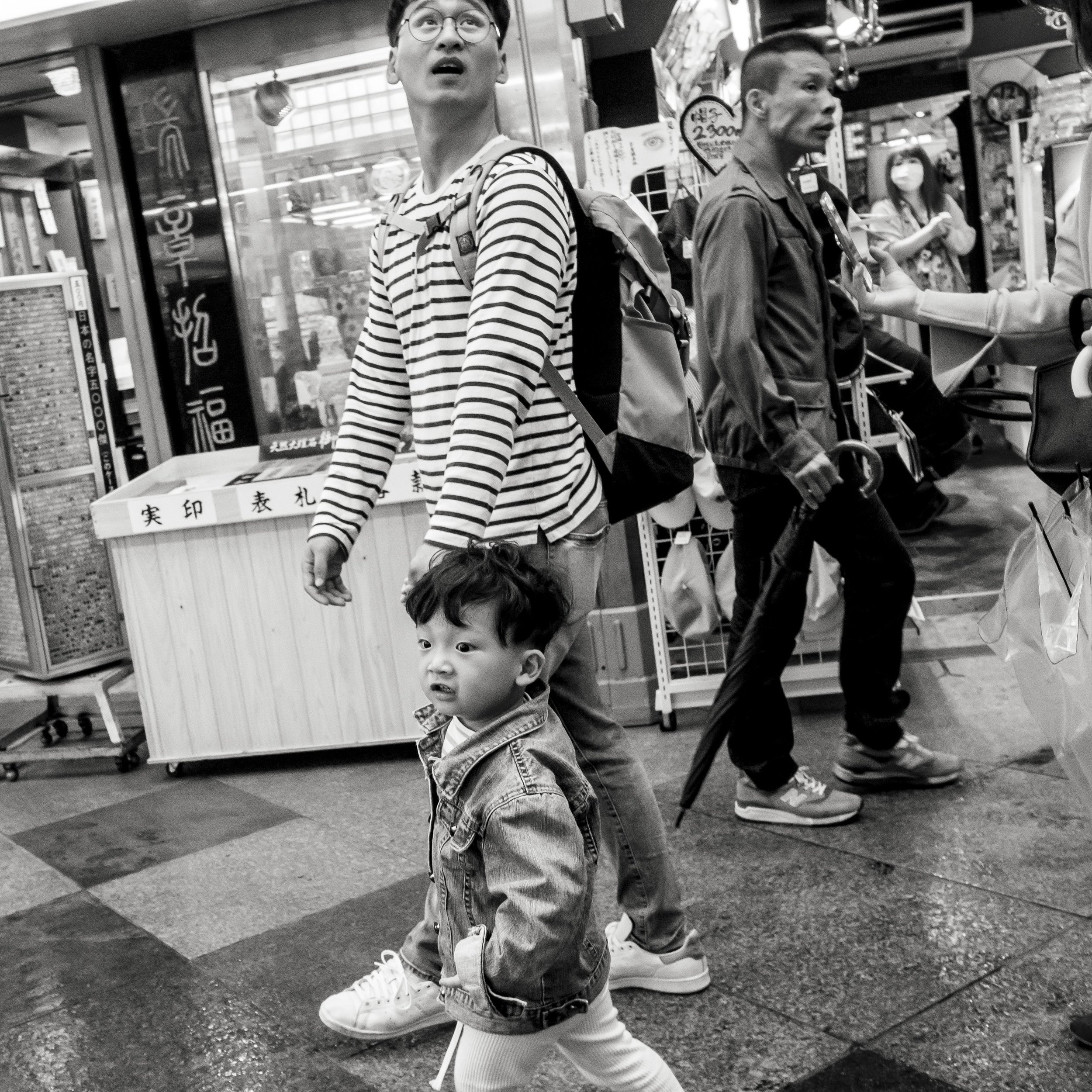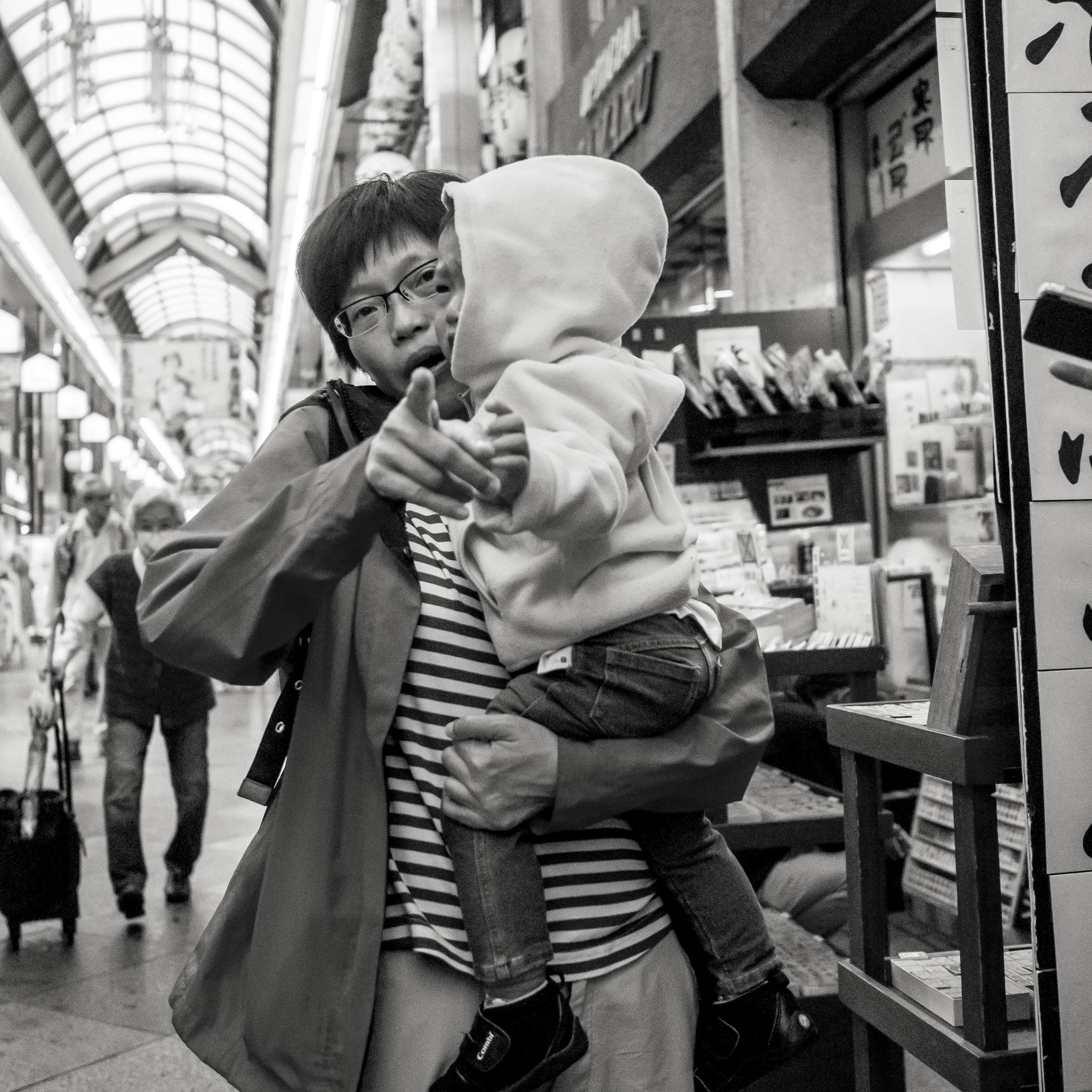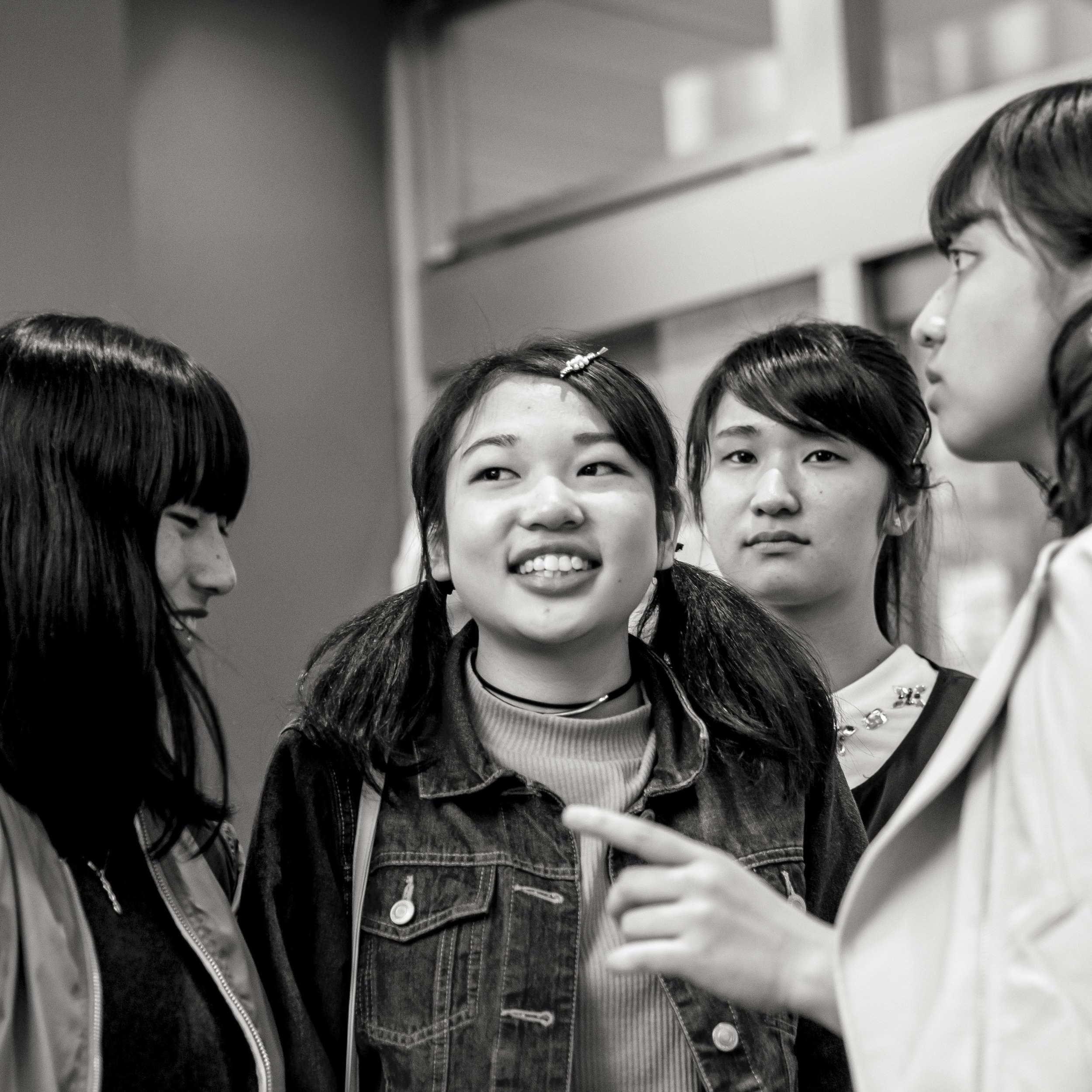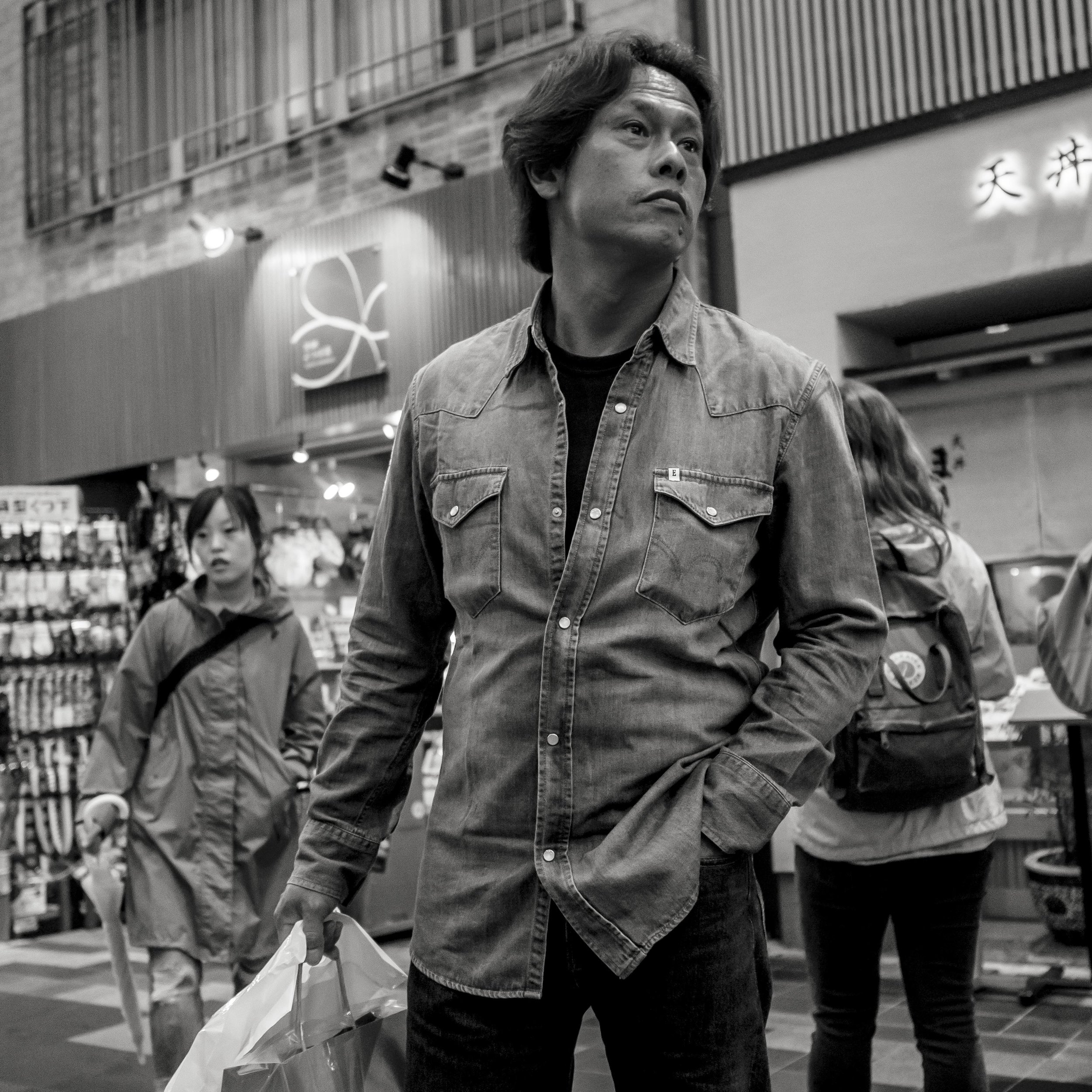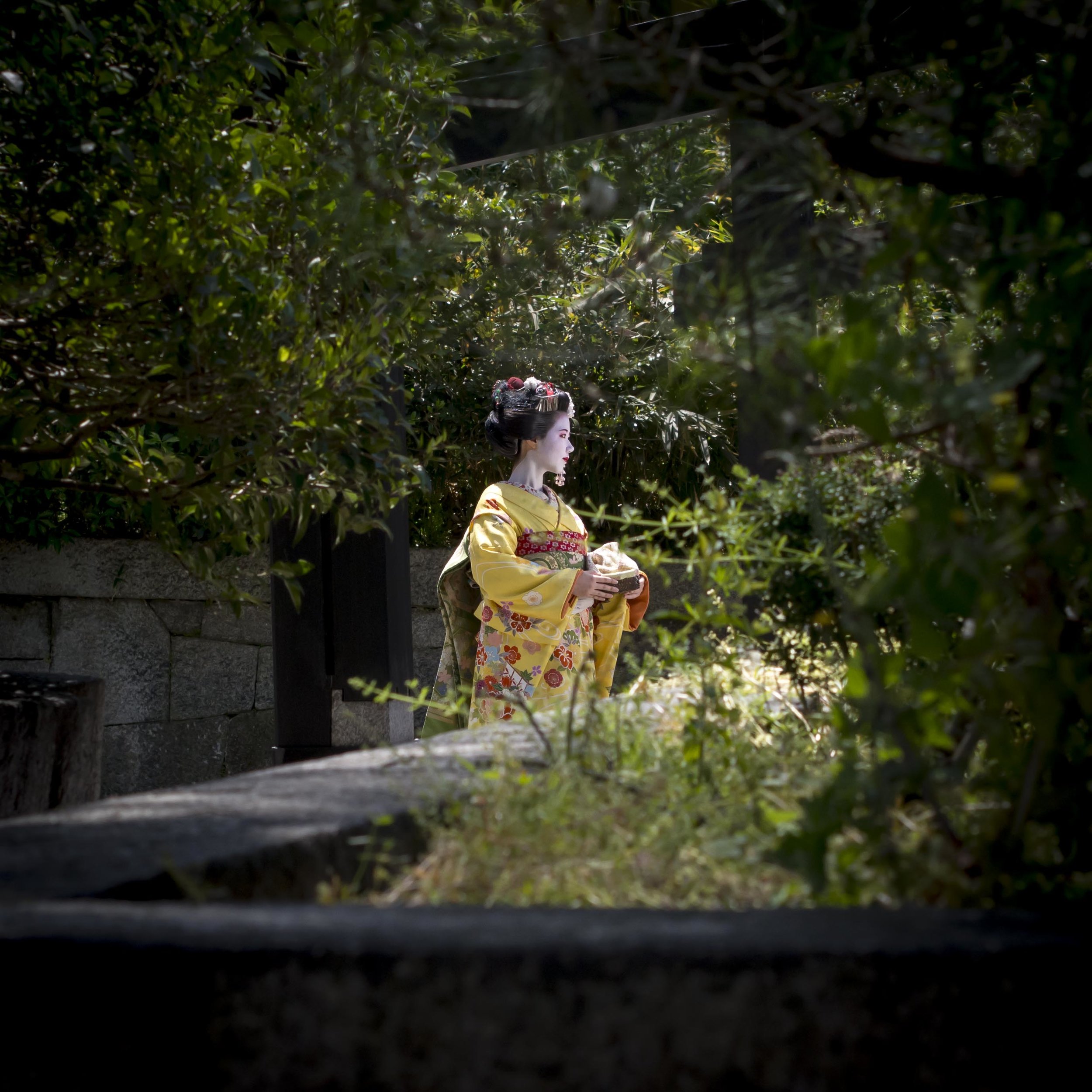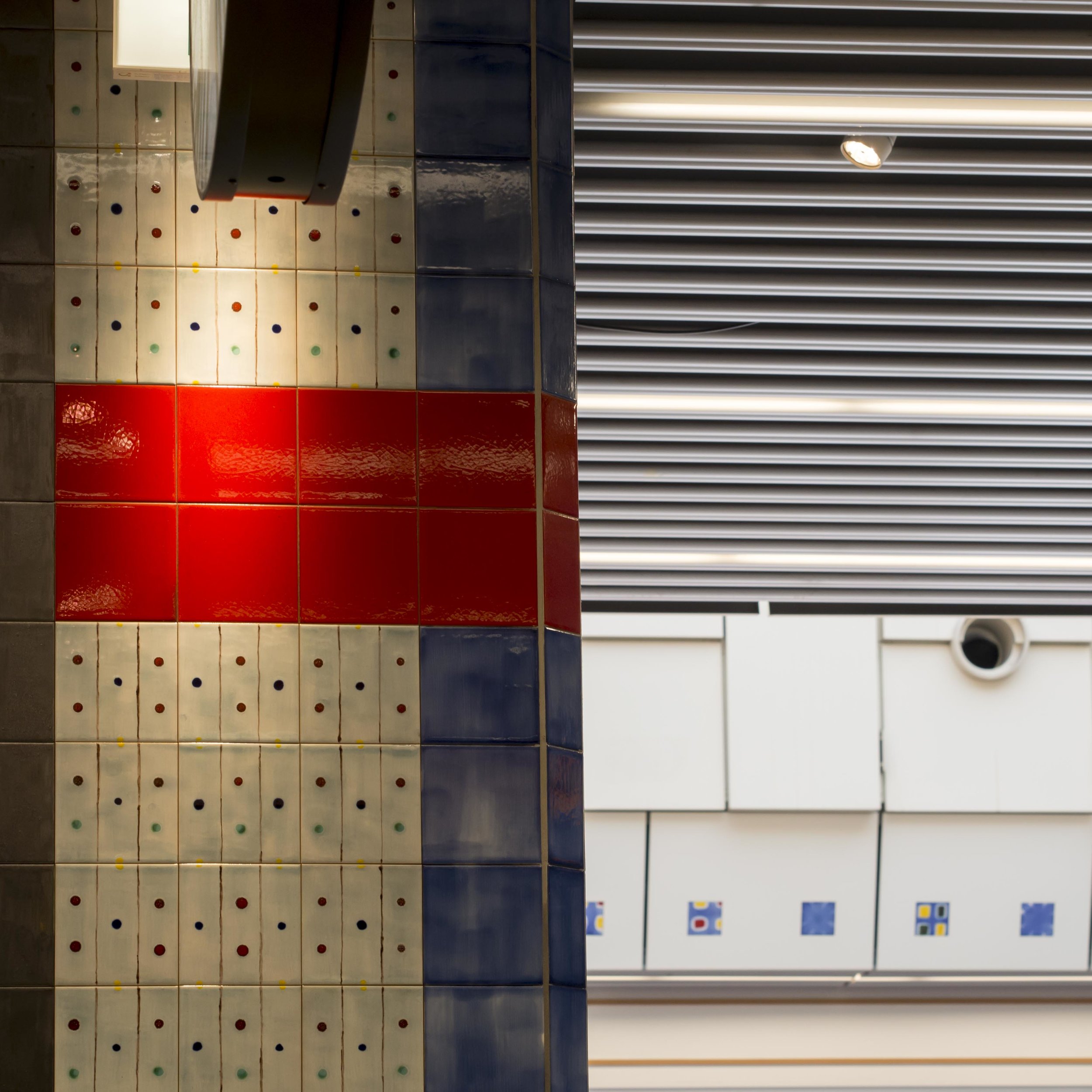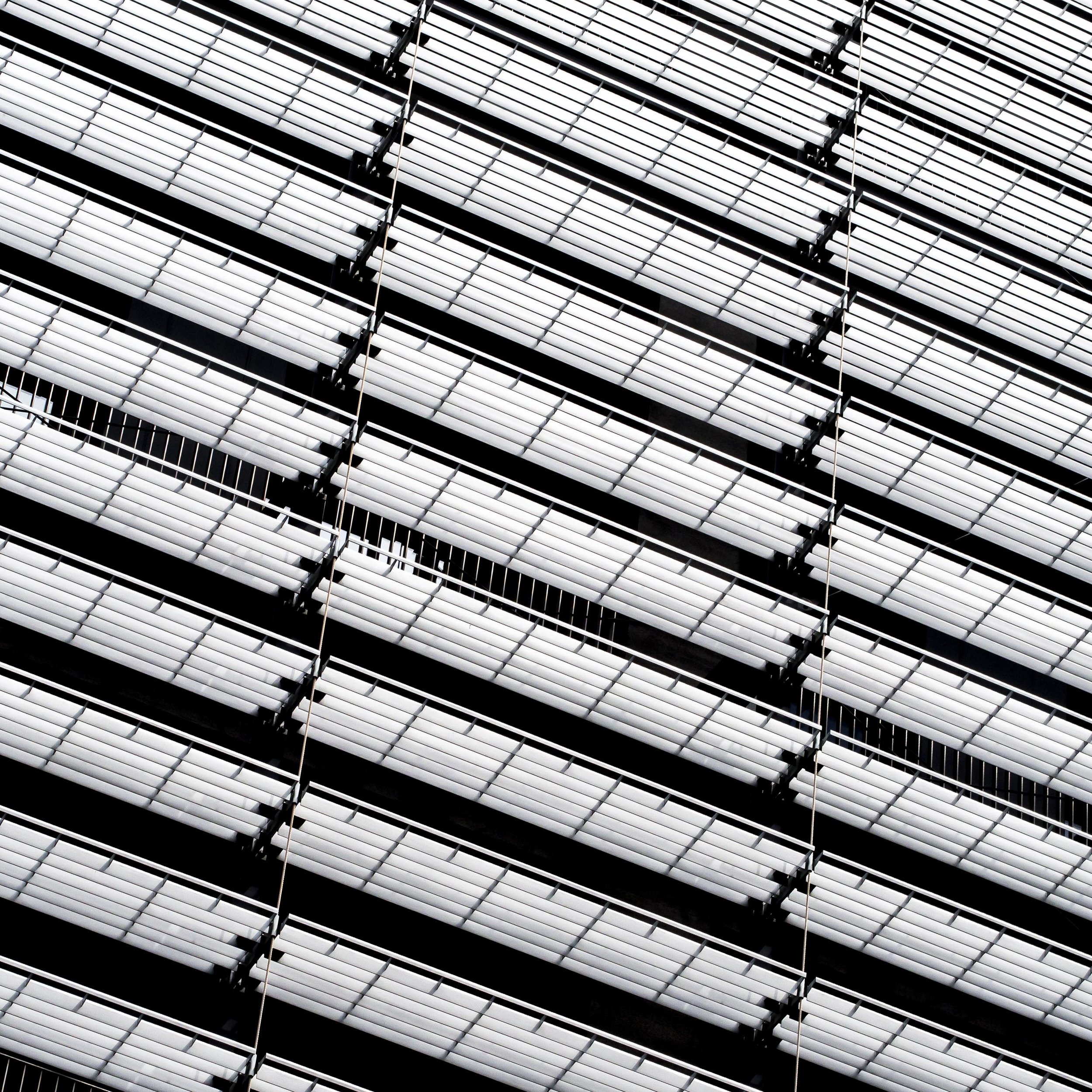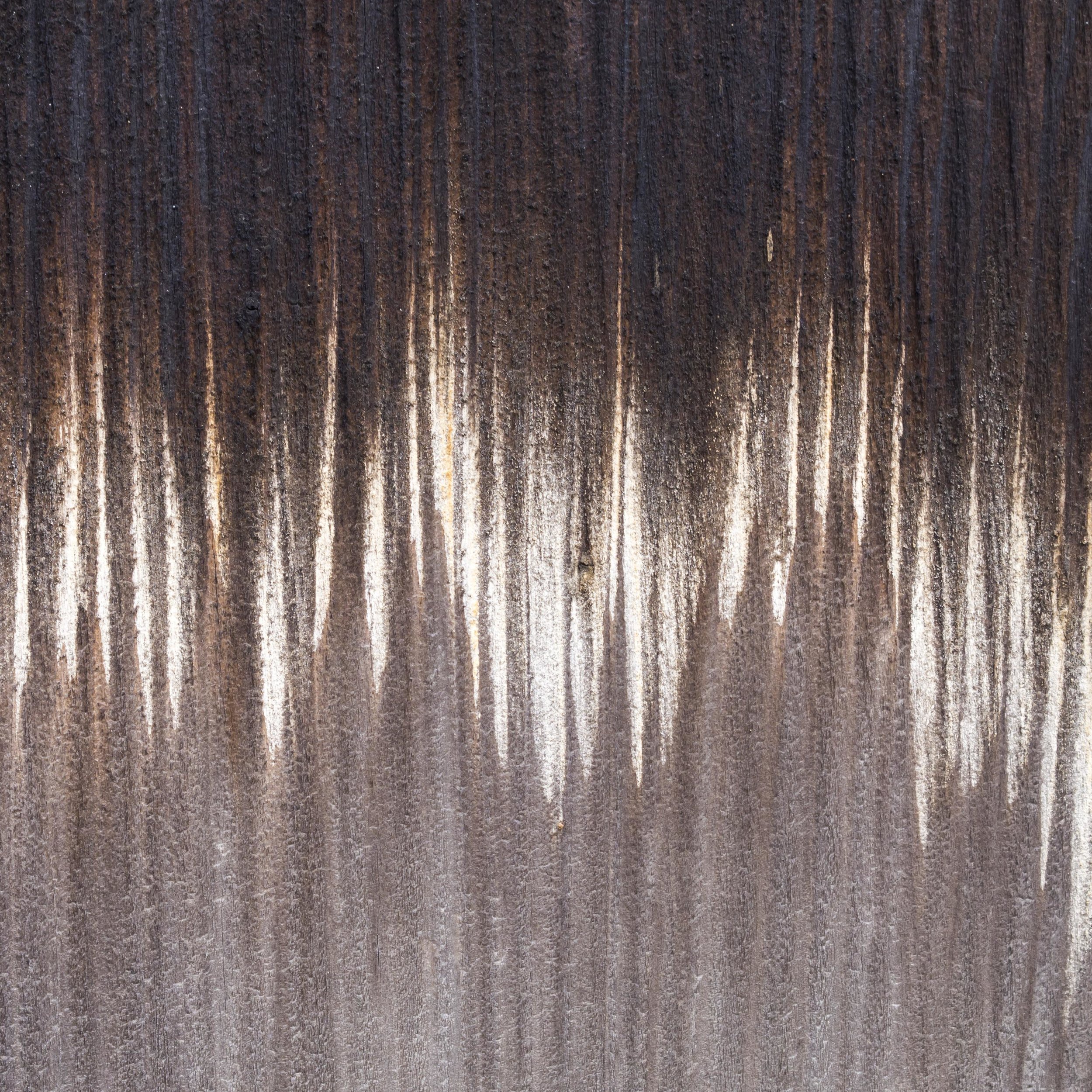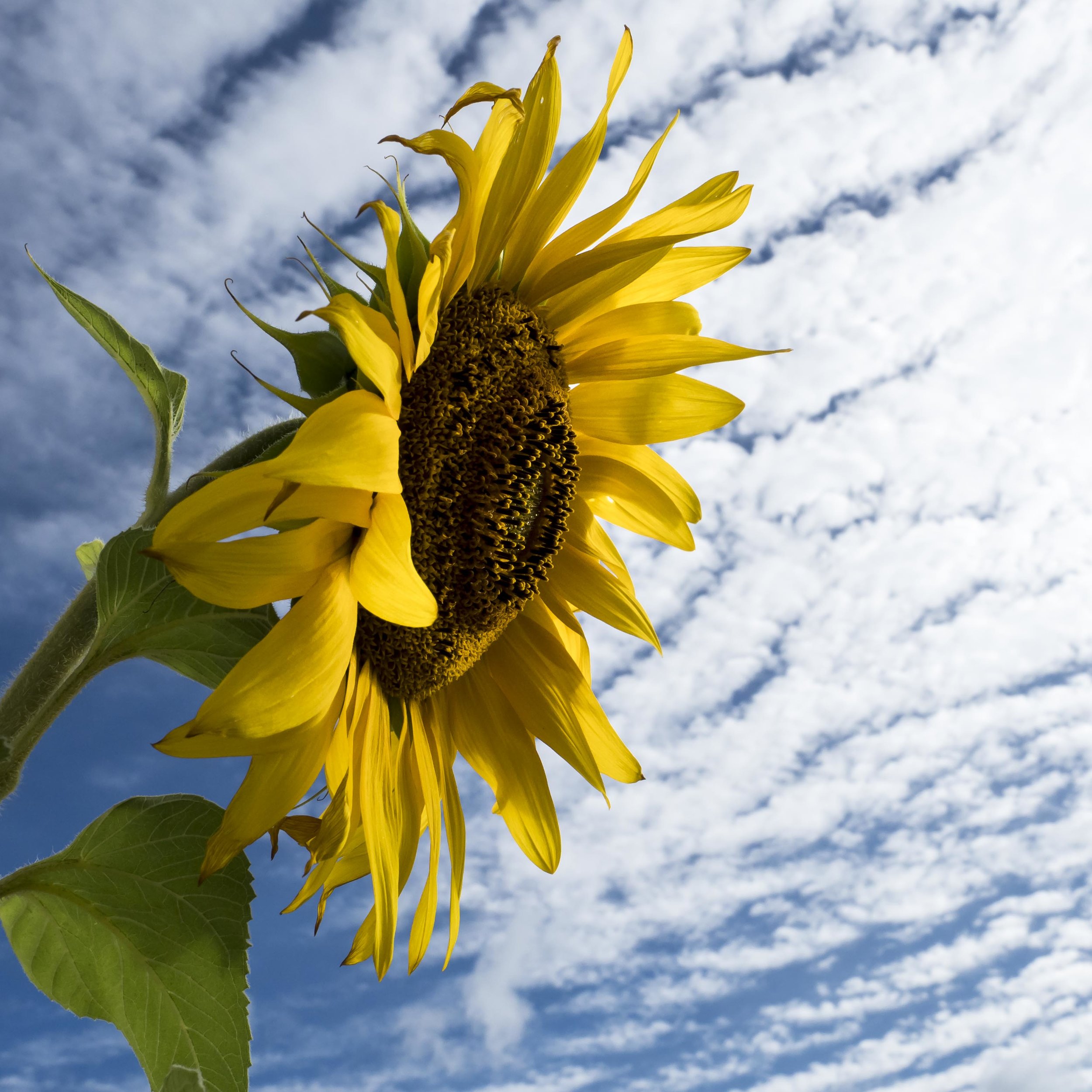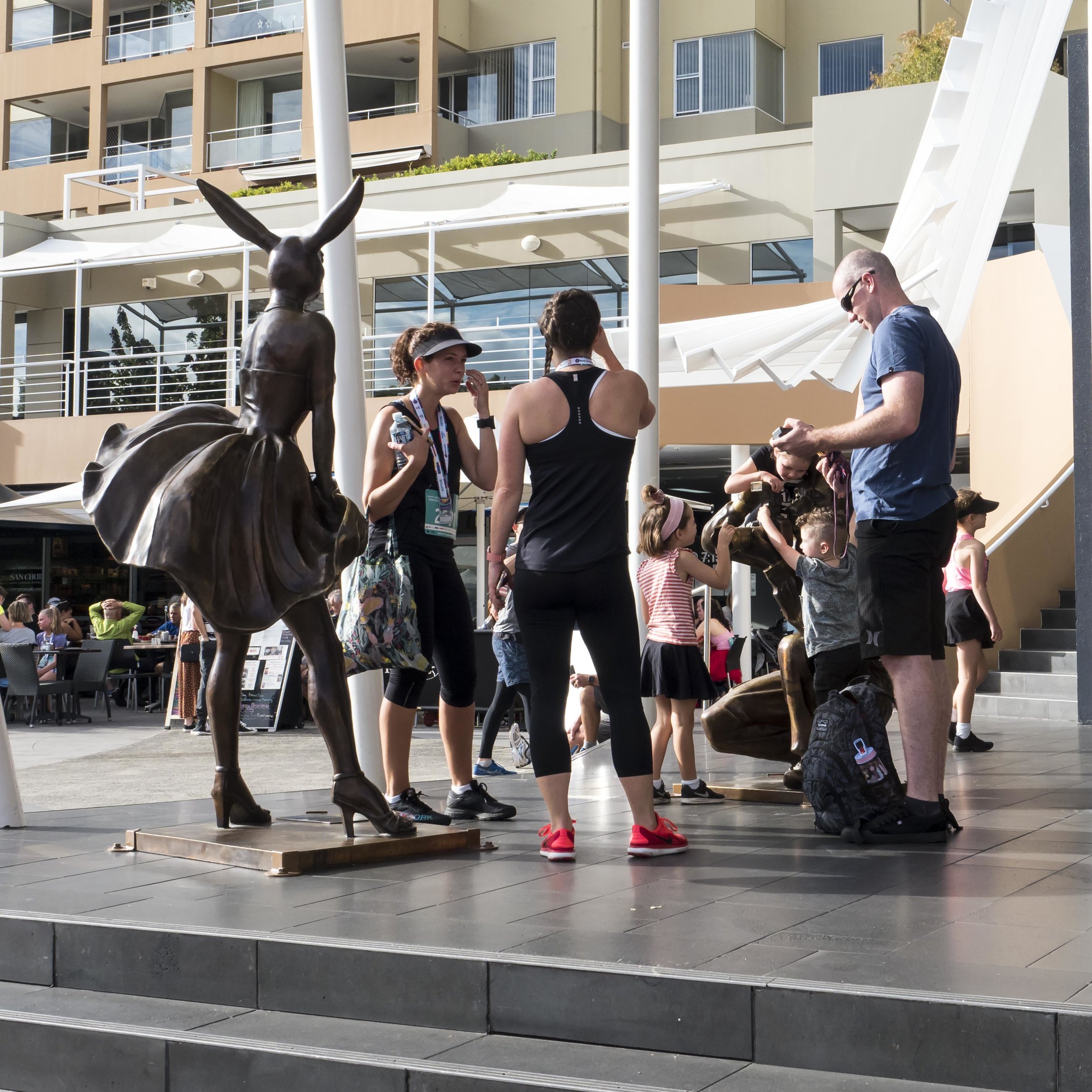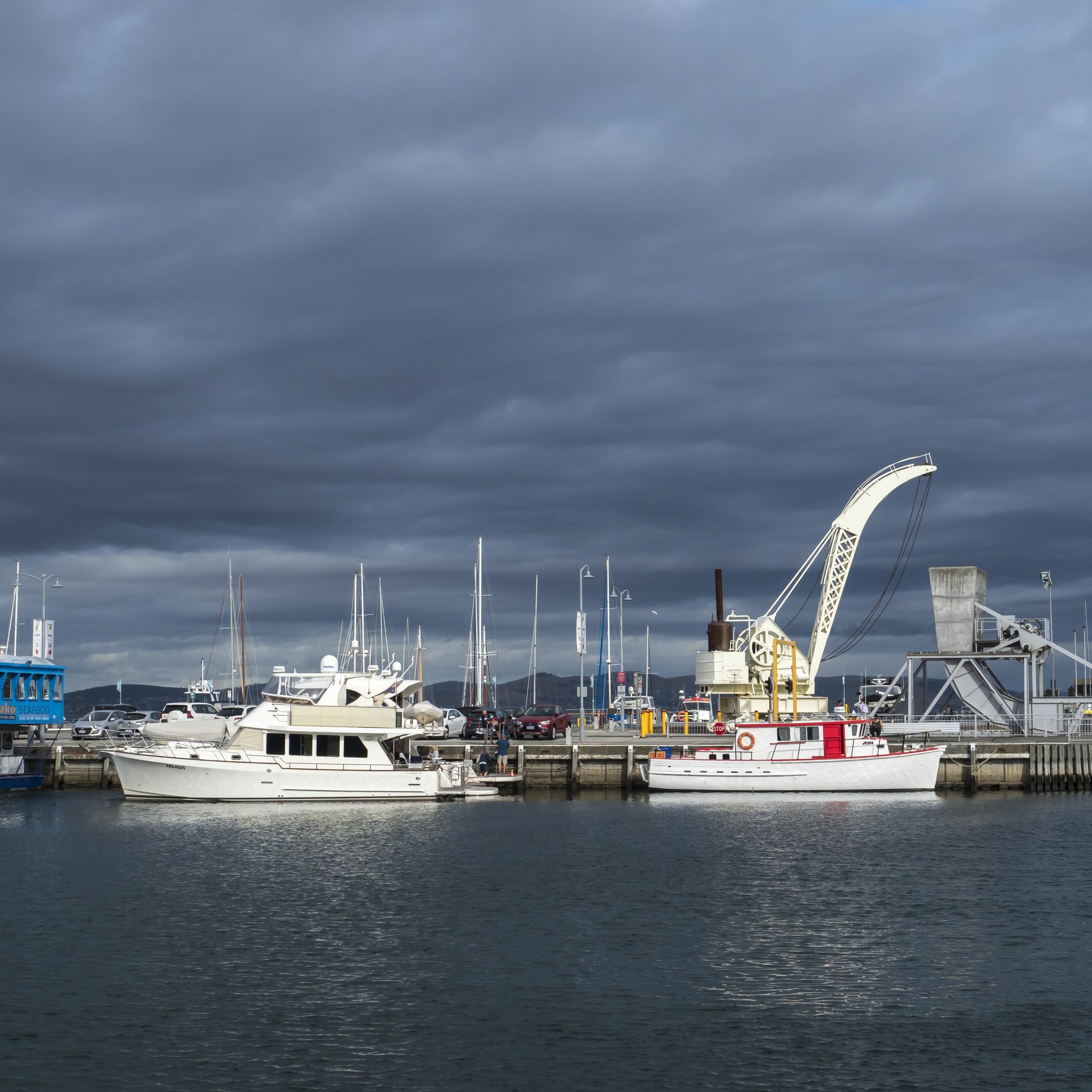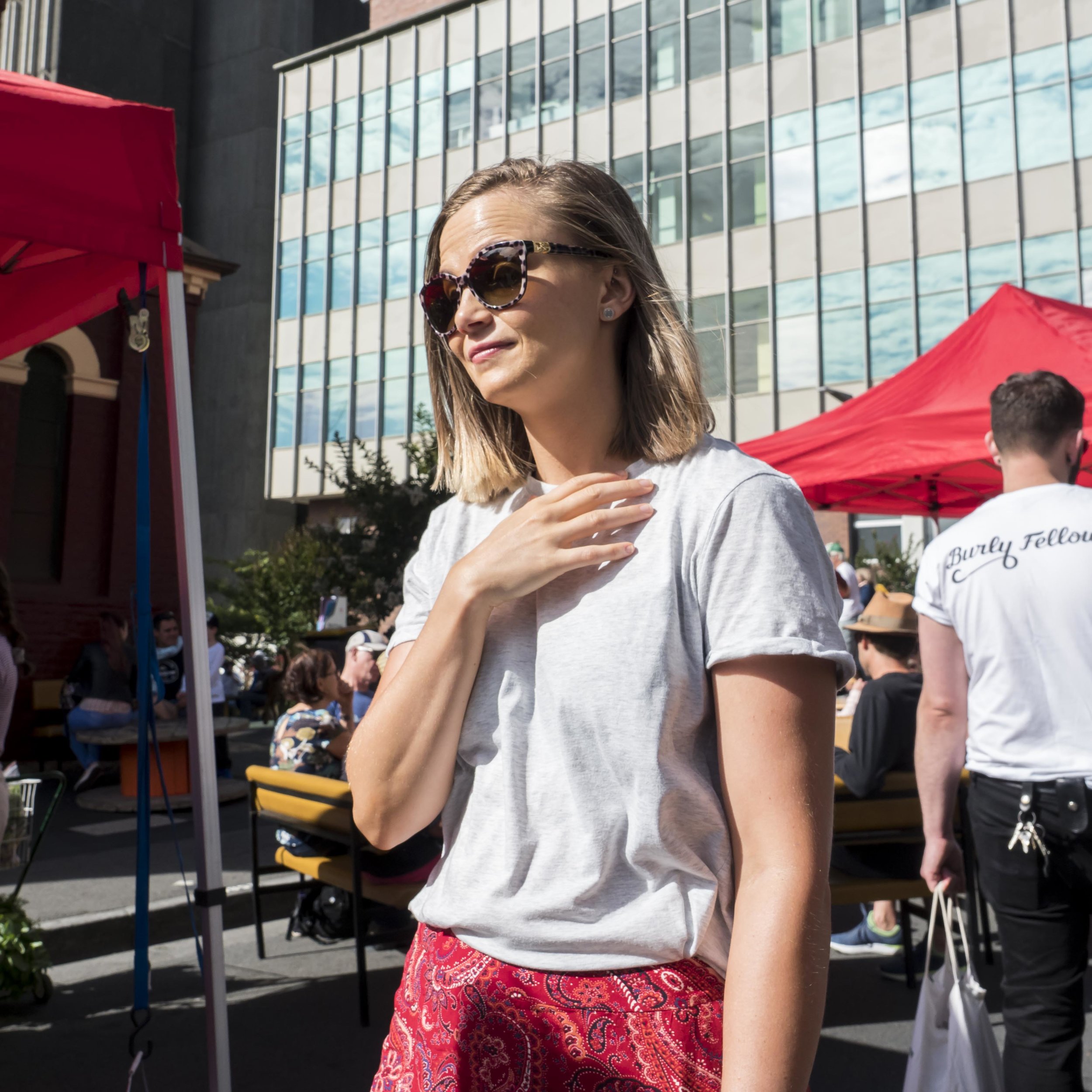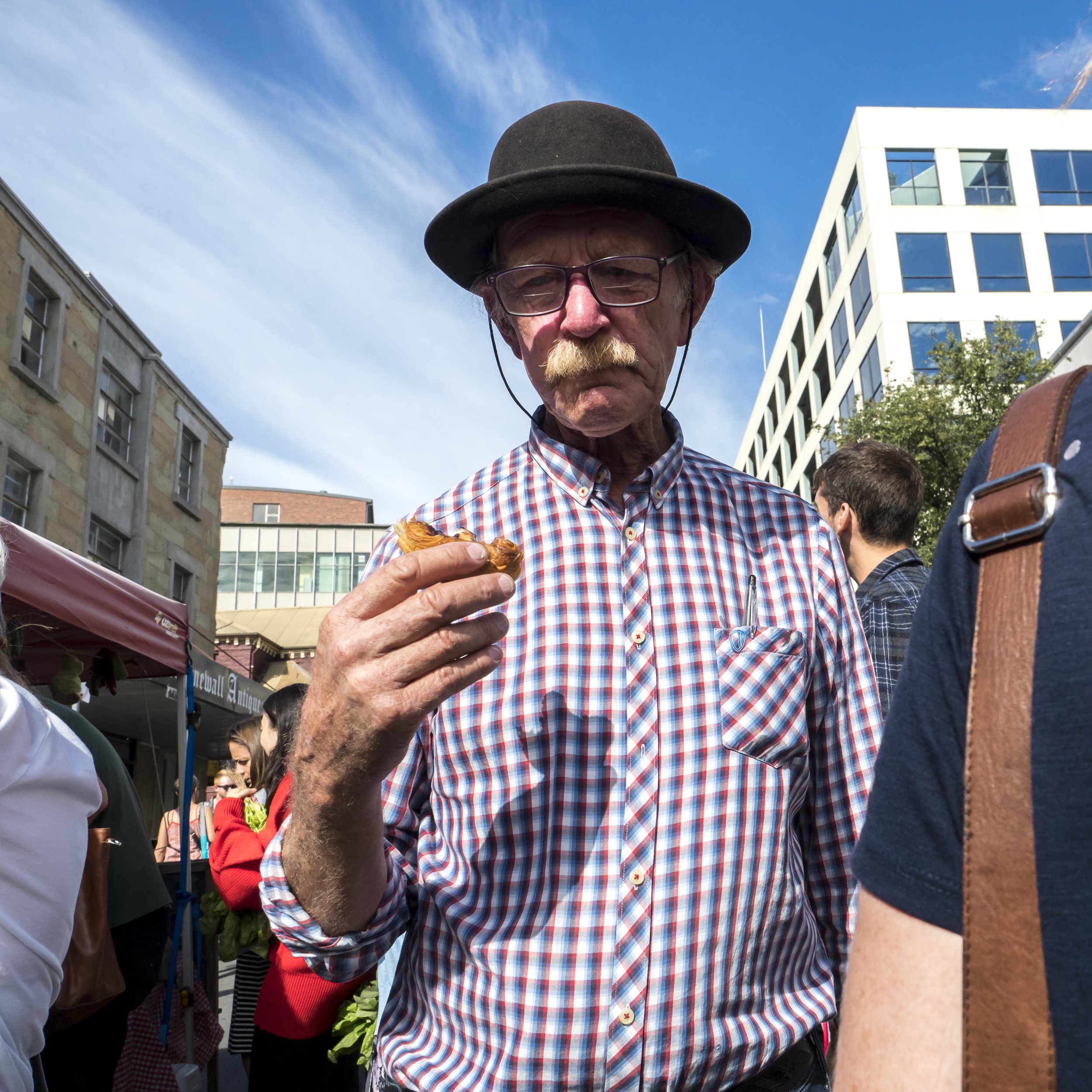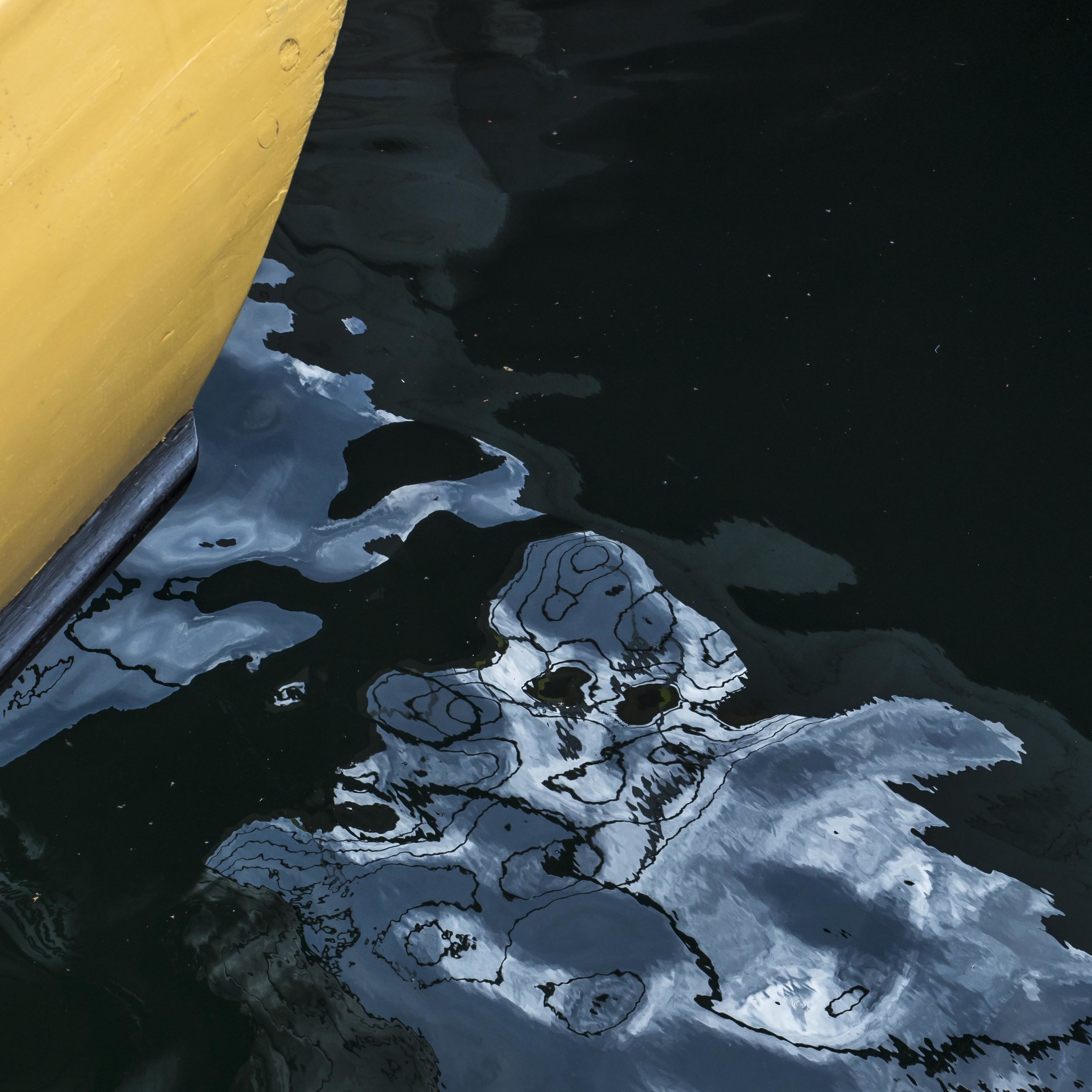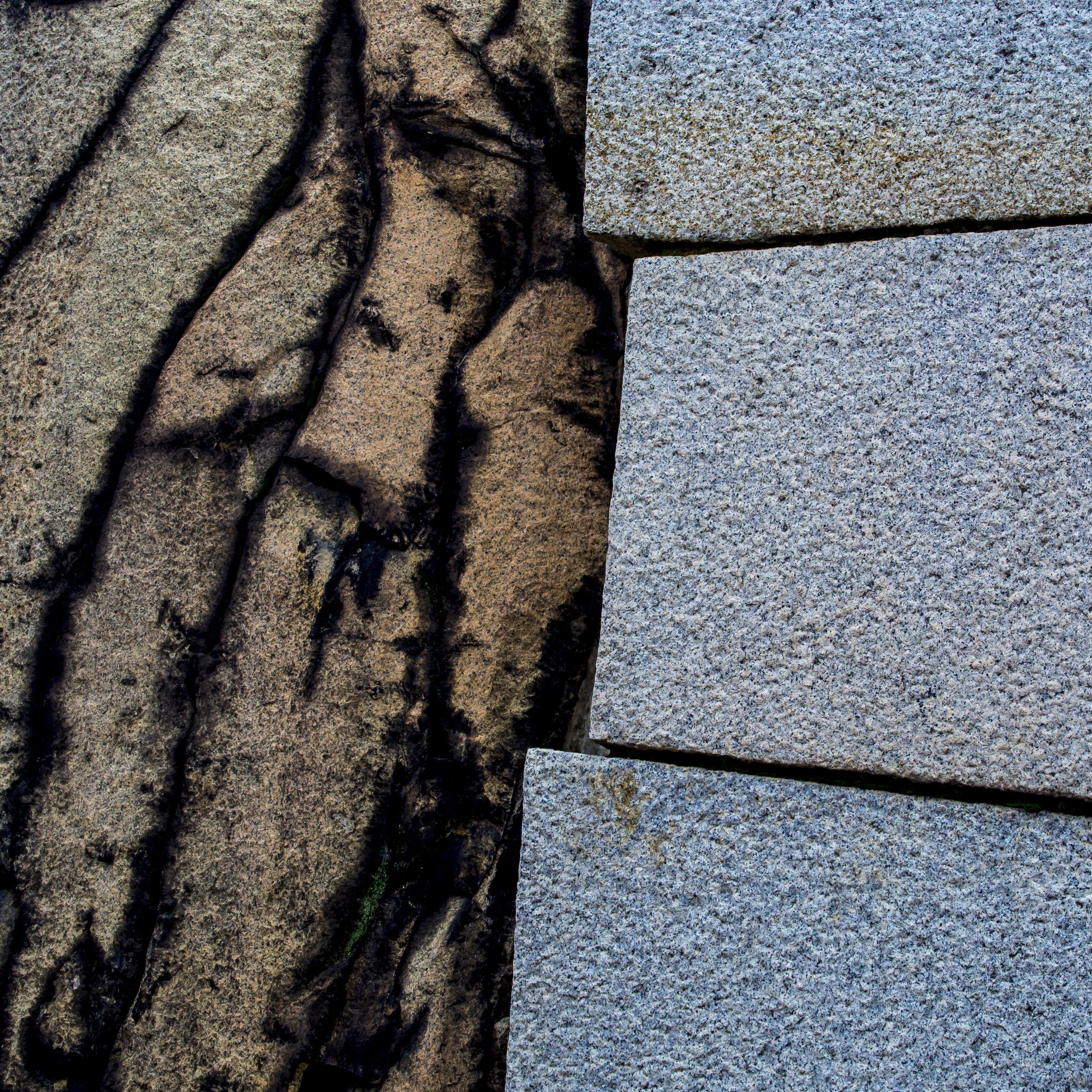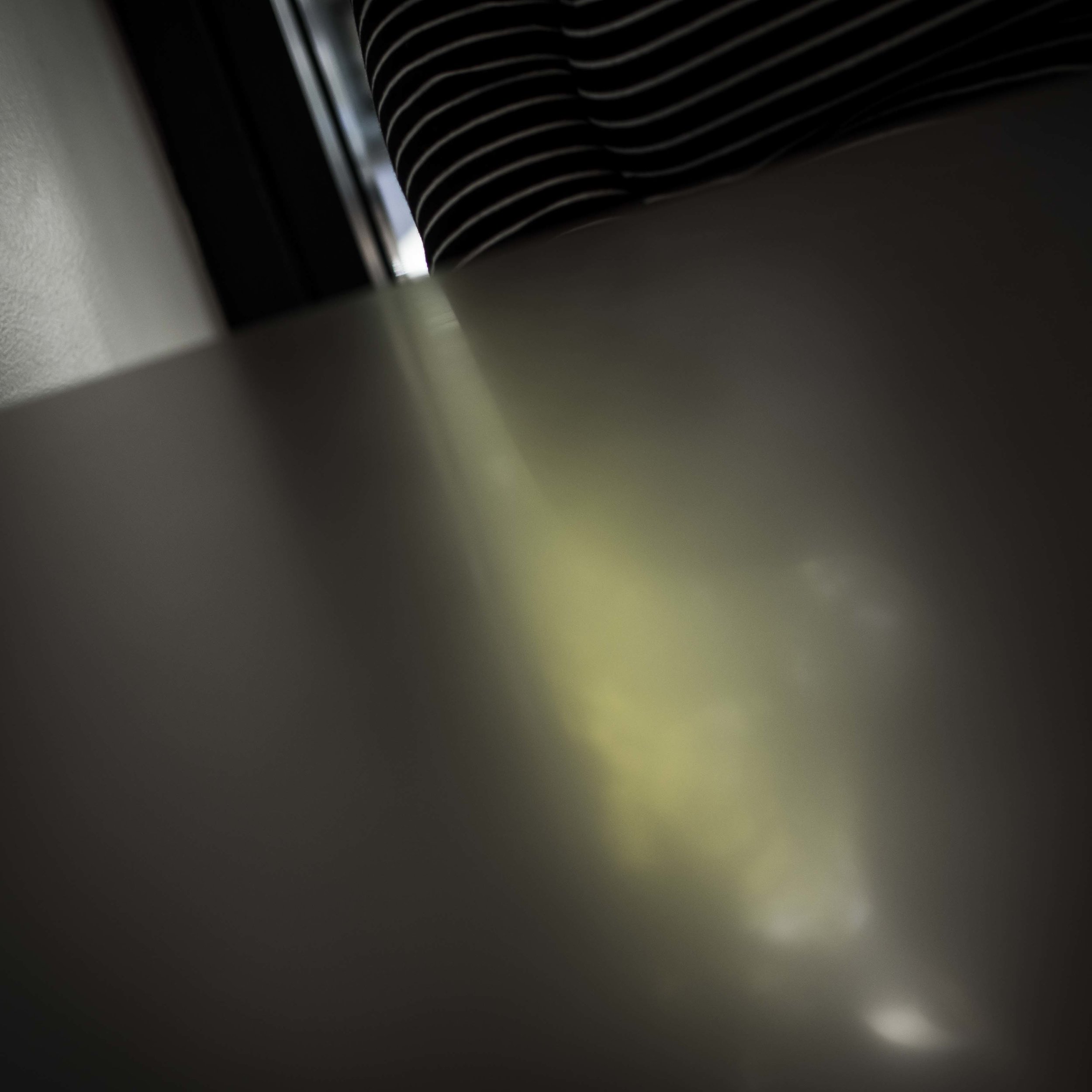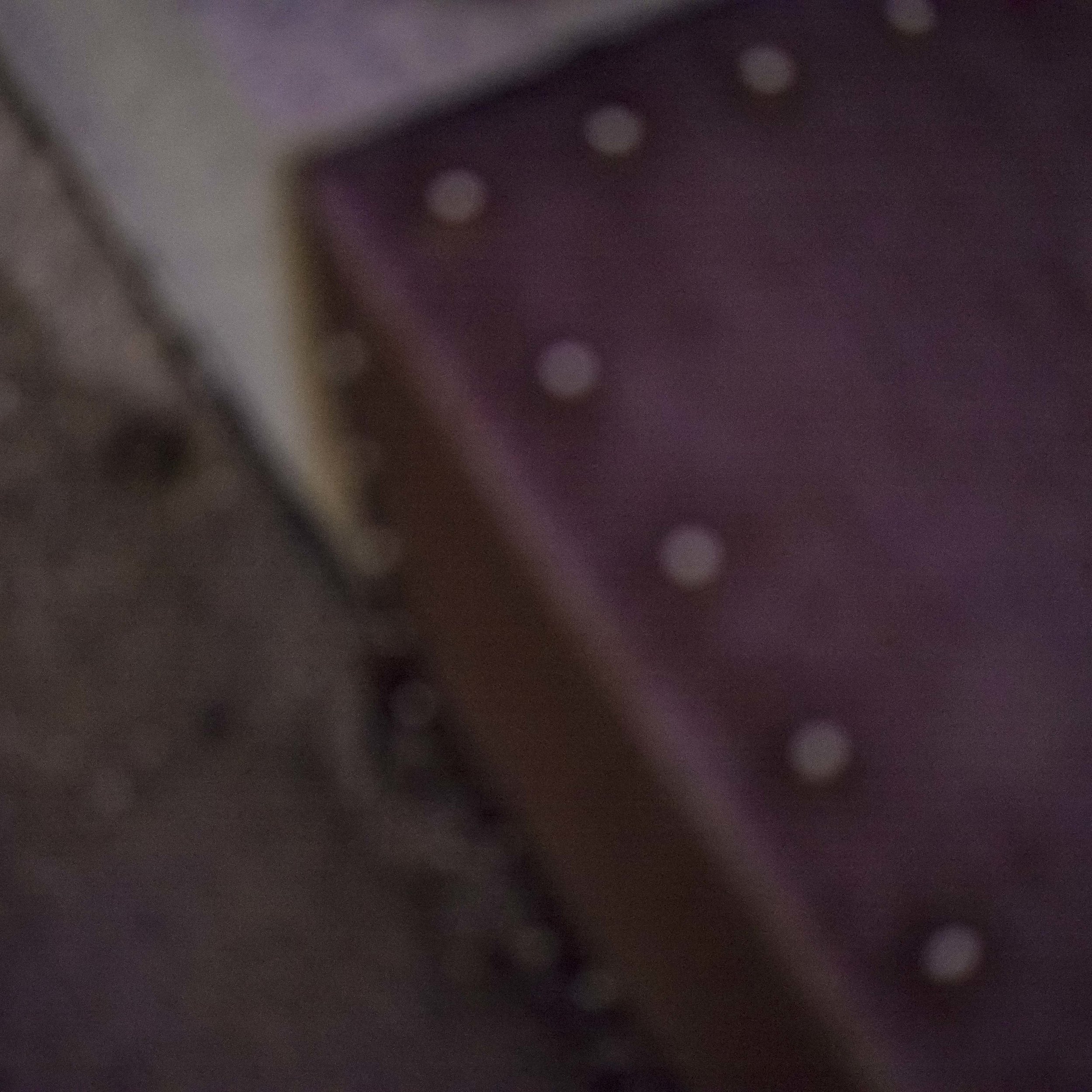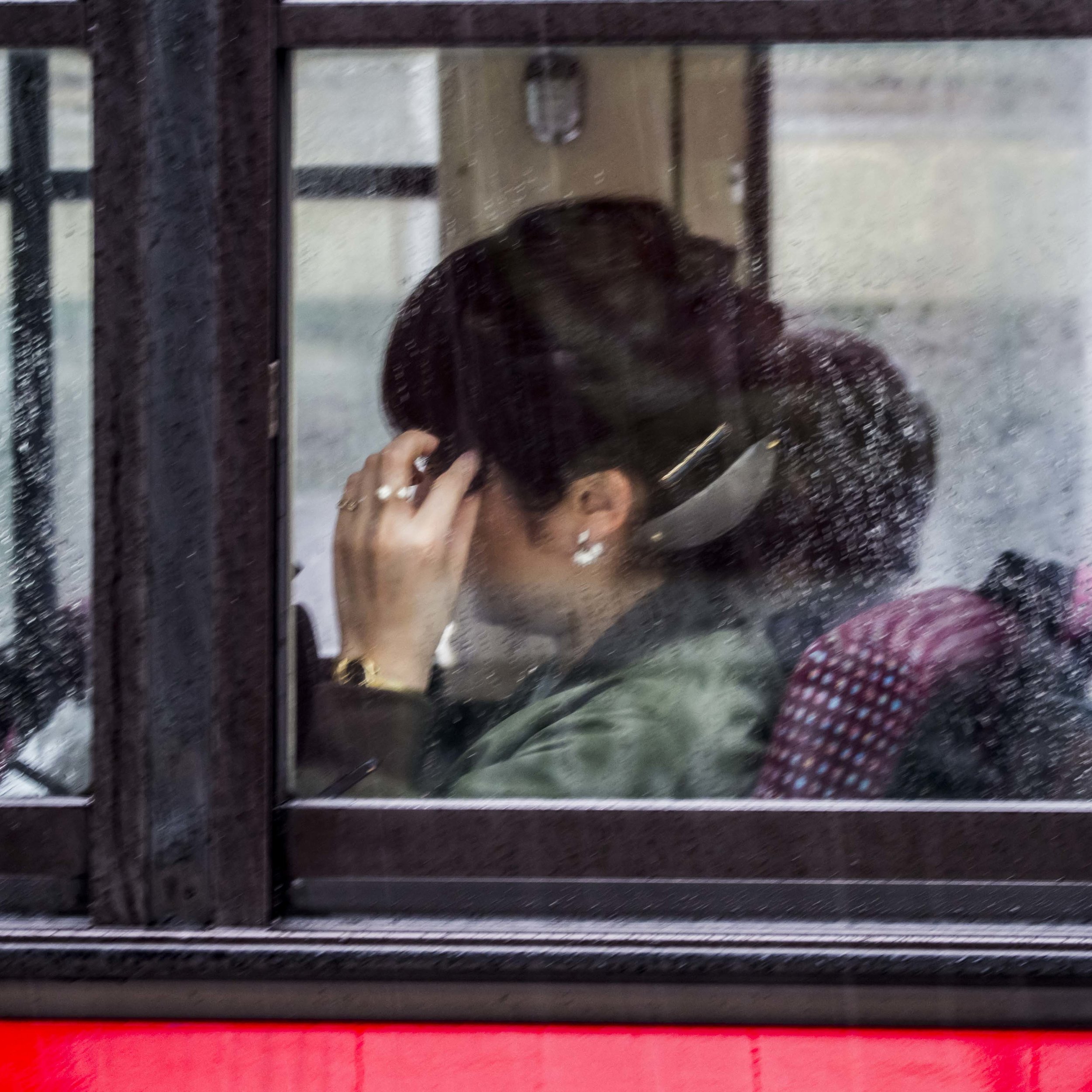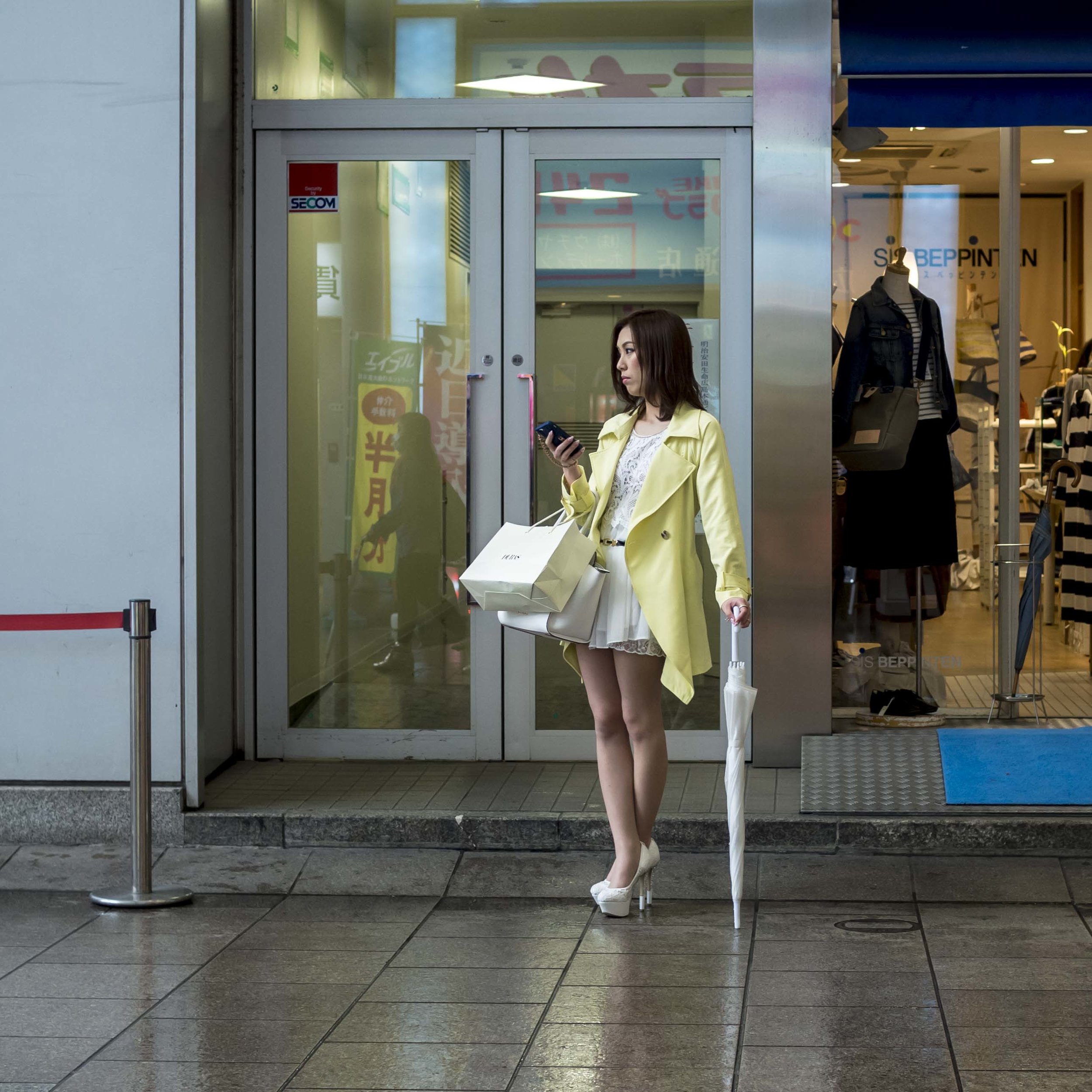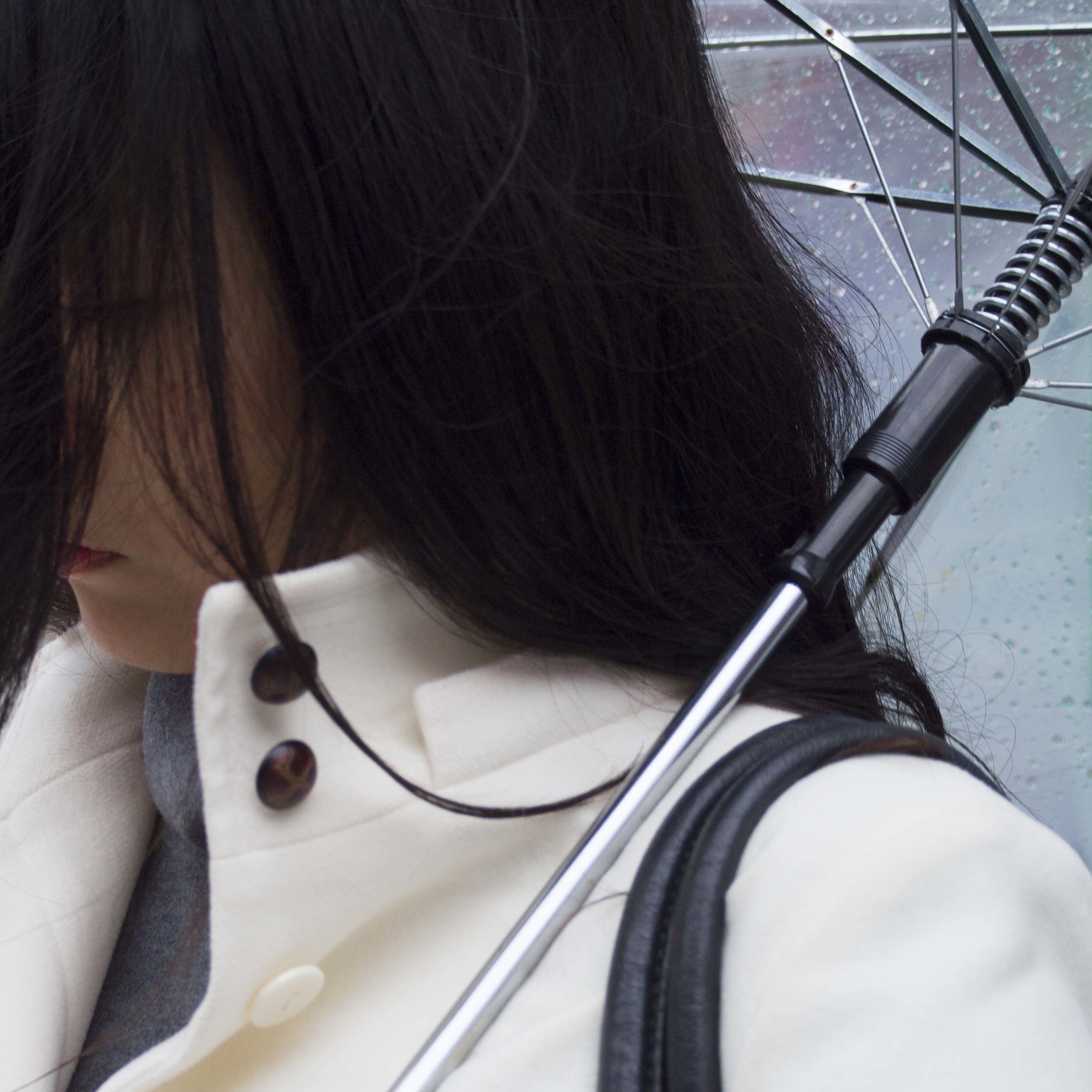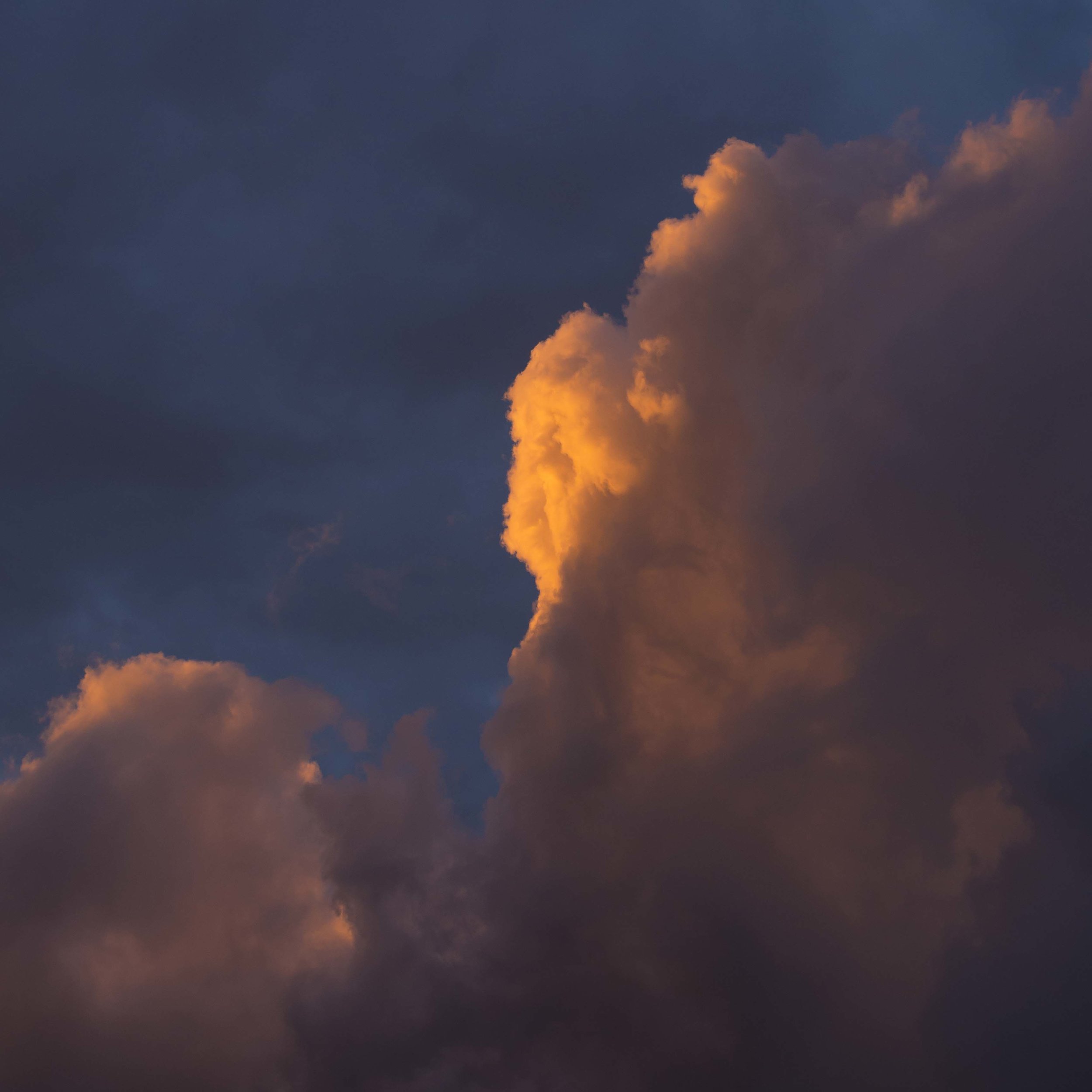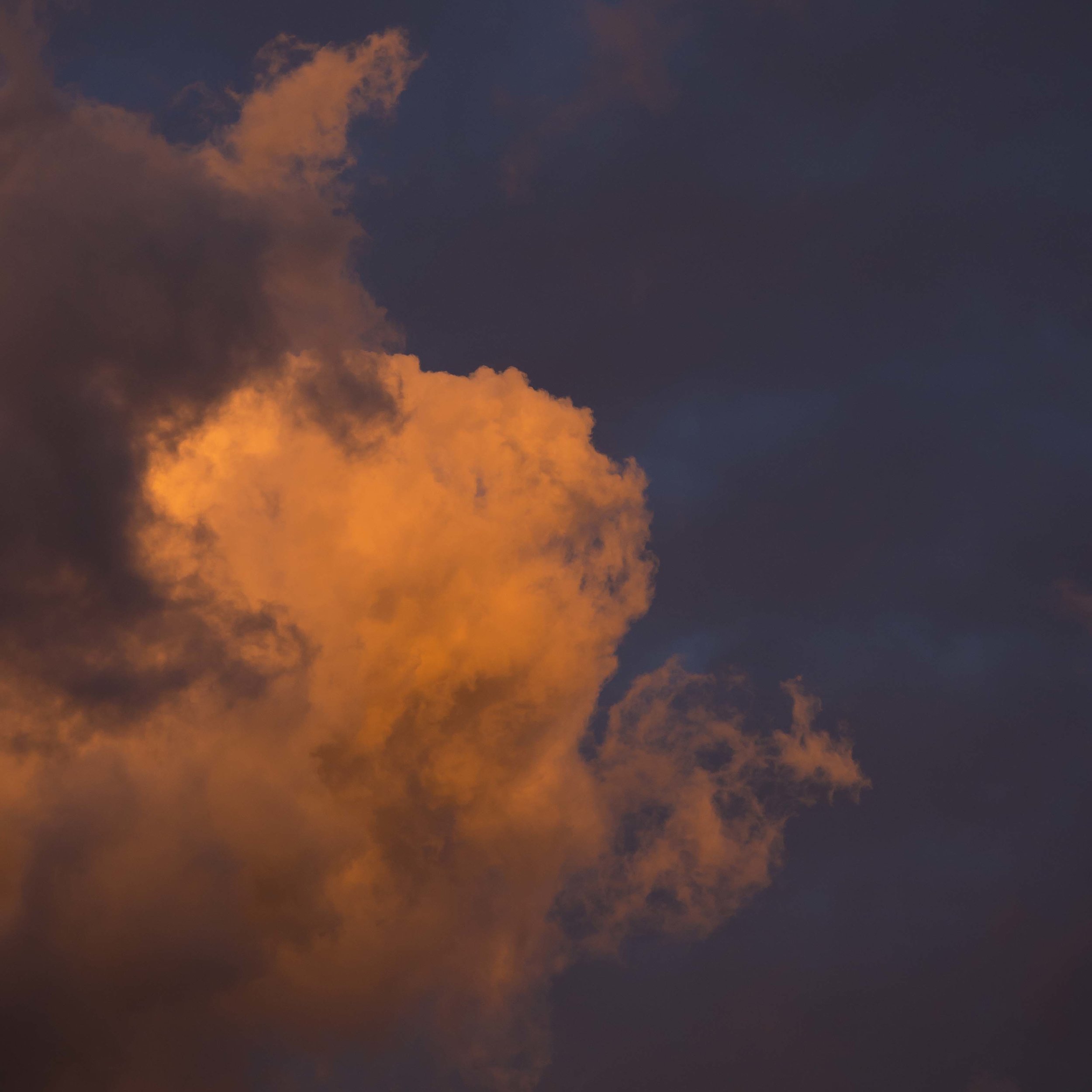Looking at the most recent releases and talk from Nikon, Panasonic and Canon I am even more confident predicting the future camera market. Here is my take on the 3-5 year plans from the big guns and the rest of the markets response to them.
The bottom end.
Phones will effectively eliminate the basic compact market. The few genuine classes (long zoom/1” sensor/under water) will slowly become even more specialised gear as their offer looses popularity (I am not saying they will be irrelevant, just suffer the fate of going up against the more desirable option much as film did with digital). 1” sensor models will become more “real” as this has always been the desire of the designers and customers to have (or have the illusion of) a genuinely capable camera.
The small (smart?) sensor category.
The M43 and 1” sensor category will become a specialised “small” sensor market, appealing most to the hybrid video market, the people stepping up from the limitations of a mobile phone and those who are genuinely conscious of size and field specific benefits of the smaller sensor. The compact camera as we know it will cease to exist, being replaced by these 1”+ sensor cameras. Their design will be varied, almost made to measure. Many (not all) of the limitations of the sensor will be overcome by clever technology, but this very same tech may be also used by the full frame+ category to further enhance their offers.
Olympus
Olympus will continue to offer a valid, though limited alternative to larger sensor cameras. Their choice may well be validated as the other brands go fully into full frame territory at the expense of supporting smaller sensor format (sensor cropping option on a full frame excepted), but they cannot afford to fall behind in any other areas*.
Panasonic
They will split their focus between running second fiddle to Olympus in M43, playing the role of video specialists and with their full frame (+) range where they will have ambitions of knocking off Sony in full frame video. if their S1 takes a chunk of Sony’s market then I see them going heavily that way, but I doubt they will abandon the m43 format in the short or even medium term and even if they do, much of their tech may end up in Olympus cameras anyway.
Fuji
Fuji is the odd one out here, offering something solid on either side of the full frame format. Their medium format offer will likely come down in price to make it more competitive against full frame and their APSC format range will likely add some muscle at the top end of the M43 category, although their sensor tech is often compared to full frame. (Pentax may go the same way).
The next market segment is the Full Frame or bigger group. For the customer in this category, there will never be too much.
Canon
Releasing a full frame mirrorless in the budget category, before they hit us with a pro model, has confirmed to me that they see (have stated in the past as always seeing) crop sensor format as an entry point option only (why the F#%k did they use another mount for their crop sensor mirrorless making it effectively a separate range!).
I can see another 1D model with a mirror, but it will really be a hybrid, with the mirror kept until everyone’s nerves settle. The next will be a full mirrorless. They will probably offer a 1D “C” upgrade without a mirror (why put a mirror in a video camera?) and the following model will merge the two. I will go out on a limb and say there may not be a mirrored 5D again, as their next release will likely be that very camera, but maybe they will feel the need to fight the D850 with a 5Ds/5D cross over in the short term.
Sony
Sony has been conspicuous in their lack lustre support of crop sensor models, aiming them clearly at the vlogger market, so again, I see them continuing as they have with the crop sensor models only as long as there is a perceived need or until full frame pressure from their competition forces then out. They do have a meagre range of crop format glass and full compatibility with their full frame range so it will probably not hurt them to keep one or two models around.
Nikon
Nikon has no showing in smaller mirrorless formats (no, I do not count the stalled V/J 1” models), so to me they will be looking at replacing the D5 with a mirrorless model and try to become the “kings of mirrorless” in their following generation. The D850 is the best full frame (non video specific) camera on the market at the moment, mirror or not, so it will hold them true for a while. Their track record as leaders is poor lately, but maybe the need to ascend will be impetus enough to try and lead rather than follow.
Both Canon and Nikon have release 3 year lens road maps, which is a good sign and each have taken the road of “full frame needs big lenses, but mirrorless can offer better big lenses”, rather than the “mirrorless is always smaller” B.S. they (all full frame makers) have tried to sell. There is a slight chance they will re-invent their 1” cameras to compete in the smaller sensor market, or maybe that will just quietly go and they will try the more conventional 1” compact direction.
Adapters
Adapters will become standard practice. Growth of cross pollinating primary brand and after market lenses, even legacy options will make the adapter the smart option rather than the compromise it is currently seen as.
Lets see how that pans out.
*Personally, I do not think that M43 has run it’s race, but I do think that it is a tipping point. The next stage (advanced tech) needs to be rolled out quickly and efficiently or they will loose precious market share (perceptions are everything).
ed. After a night with Nikon, looking at their “Z” series cameras, I am even more sure of their commitment (they have to really), but less enthusiastic about the cameras themselves. Lovely mount, brilliant lenses, excellent sensors, very well made cameras, but 3 year ago AF performance. They will get there, but it is funny how they can convince themselves they are on track, just like all of us early adopters did a few years back (Fuji X100 anyone?).

